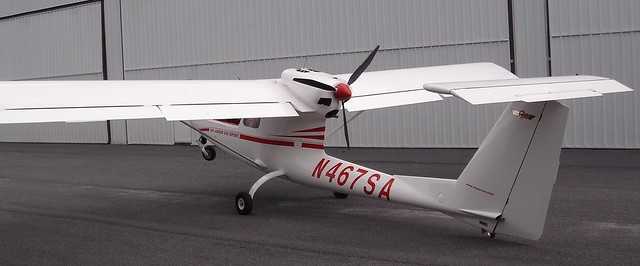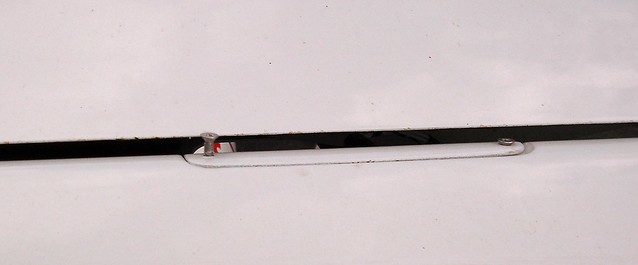jspilot
Cleared for Takeoff
- Joined
- Oct 22, 2011
- Messages
- 1,346
- Display Name
Display name:
jspilot
This Saturday I flew up to Barnes airport KBAF, in Massachuessets. A very good flight and a great airport with a terrific restaurant that was busy with a steady stream of planes coming and going. Anyway, after returning to the plane after eating lunch, I began my preflight to return back home. I was doing an inspection of the lights when a line worker at the FBO comes over. He asks, hey did you check the pitot tube? I gave he a puzzled kind of look and he says, I'm just joking-- you are the only pilot today to actually do a pre-flight before getting back into their plane. So we got to talking and he said he is shocked by how few pilots actually do a pre-flight after parking on the ramp. I told him I see this a lot too and I don't get it. I said, it's worth the 10-15 minutes it may take to do a quick pre-flight to know that the major things are working, check the oil, check the control surfaces, check the lights, and hop in! He agreed but he said almost no one does even a basic pre-flight.
So I'm honestly at a loss as to why people don't bother to check the plane after its been parked on a ramp. I told him that my CFI told me that, whenever you leave the plane and it's out of your sight you should do a pre-flight to make sure everything is working because you can't possibly know what happened to the plane while you were gone( another plane could have clipped the wing, it could have been damaged in some way.)
So why don't more people spend the time to pre-flight? As the line guy and I both joked about, "It's your butt sitting up there at 4000ft."
So I'm honestly at a loss as to why people don't bother to check the plane after its been parked on a ramp. I told him that my CFI told me that, whenever you leave the plane and it's out of your sight you should do a pre-flight to make sure everything is working because you can't possibly know what happened to the plane while you were gone( another plane could have clipped the wing, it could have been damaged in some way.)
So why don't more people spend the time to pre-flight? As the line guy and I both joked about, "It's your butt sitting up there at 4000ft."







